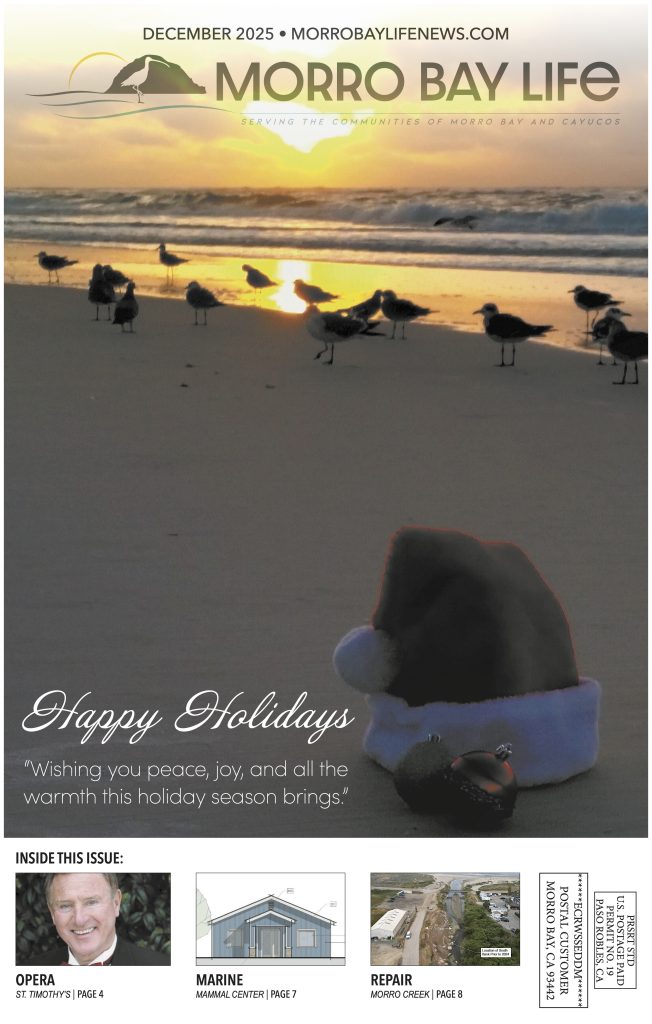Your required IRA distributions can benefit a worthy cause—while you benefit from a reduced tax liability.
Helping others when you’re gone is a noble and rewarding aspiration. But think how much more rewarding it could be, both personally and charitably, to help others while you’re still here.
Giving during your lifetime can take many forms, one of which is using qualified charitable distributions (QCDs). It’s an option that can also reduce your tax liability, as it involves donating pre-tax dollars before they become taxable income as a required minimum distribution (RMD).
Here’s how it works.
Transform RMDs into QCDs
Doing good is often reward enough, but charity and tax deductions seemingly go hand in hand. As the standard deduction has risen to $12,550 for individuals in 2021 (double for married filing jointly), you may want to consider giving strategies that could help reduce your tax liability in other ways.
If you are age 72 or older and own an IRA, you are required to take minimum distributions whether or not you need the money. Generally, these distributions are treated as taxable income. The Protecting Americans from Tax Hikes (PATH) Act of 2015 allows an IRA owner – who’s subject to RMDs – to make a QCD up to $100,000 directly from their IRA to a charity without getting taxed on the distribution. Basically, you can satisfy your RMD amount without reporting additional income.
There is, however, another important benefit: When the RMD payment is applied to the QCD, that amount is also excluded from tax formulas that could impact multiple categories such as Social Security taxation, Medicare Part B and D premiums, and the Medicare tax on investment income.
Rules to Follow
- You must be eligible. You must be age 70 1/2 or older at the time of the required distribution. SEPs and SIMPLE IRAs are generally excluded.
- There is an annual limit. Your RMD taken as a QCD cannot exceed $100,000 per tax year (even if your RMD is greater than $100,000).
- Only qualified organizations count. The IRA trustee or custodian must make the distribution directly to a qualifying charity (private foundations and donor-advised funds are not eligible). For instance, you cannot take the distribution yourself then write a check to the charity.
RMDs: A Real-Time Legacy
By donating the RMD to a qualified charity, you can enjoy the satisfaction of knowing you are helping a worthy cause while simultaneously reducing your taxable income. This strategy also helps you live out your values in real-time, effectively living your legacy in the here and now.
To learn more, seek guidance from your financial and tax advisors. They’re a good source of information when it comes to living and giving generously.
———
Raymond James does not provide tax or legal services. Please discuss these matters with the appropriate professional.
Sarah Santana is an independent columnist for Morro Bay Life. She is the president of Santana Wealth Management and you can contact her at sarah.santana@raymondjames.com.







